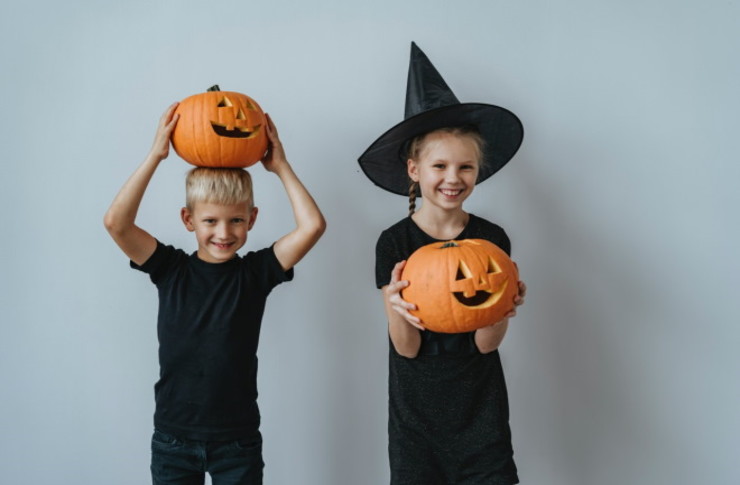Halloween: History, Pumpkin Ideas, Decoration, Costume, and Technology
Halloween is a cultural observance with roots in ancient harvest festivals and medieval Christian practices, evolving over centuries into a night associated with costumes, trick-or-treating, and creative displays. Today it blends folklore, community events, and modern consumer habits, offering chances to express identity through costume, experiment with pumpkin art, and use new technology for decorations and safety. Whether you’re planning a small family gathering or coordinating a neighborhood display, understanding the traditions and practical options can help you make choices that fit your values, budget, and local guidelines.

What is Halloween?
Halloween is observed on October 31 and is associated with themes of the supernatural, harvest, and remembrance. Its origins are commonly linked to Celtic festivals like Samhain and later Christian practices such as All Hallows’ Eve. Over time the holiday incorporated customs like carving turnips or pumpkins, wearing costumes, and leaving offerings or sweets. In many regions, Halloween now emphasizes community activities—parades, school events, and neighborhood trick-or-treating—while local services and regulations often shape how public celebrations are organized.
Pumpkin carving and preservation
Pumpkins are a widely recognized symbol of Halloween, used for carving jack-o’-lanterns or as decorative gourds. When carving, choose a ripe pumpkin with a firm stem and plan a design that balances cutouts for light and structural integrity. To extend life, remove pulp carefully, dry the interior, and consider applying a thin layer of petroleum jelly or a diluted bleach solution to cut edges to slow mold. Alternatives to carving include painting or using battery-operated lights to reduce waste and increase safety, especially in areas where open flames are discouraged.
Decoration ideas and safety
Decoration for Halloween ranges from simple indoor accents to elaborate yard displays. Natural materials—cornstalks, hay bales, and seasonal flowers—create a harvest look, while reusable fabric props and LED lighting offer durable, lower-waste options. For outdoor displays, secure items against wind and weather and avoid obstructing sidewalks or driveways. If you use electric decorations, check that cords are rated for outdoor use and protected from moisture. For community or public events, consult local services about permit requirements or restrictions on amplified sound, fog machines, or flame effects.
Choosing a costume
Costume choices can reflect personal interests, cultural influences, or creative reuse of everyday clothing. When selecting or assembling a costume, consider comfort, visibility, and cultural sensitivity. Costumes for children should prioritize flame-resistant materials and clear sightlines; add reflective tape for evening visibility. For adults, costume pieces from thrift stores or DIY alterations can reduce cost and environmental impact. If buying online, check sizing charts, return policies, and product reviews. For group costumes, coordinating elements such as color or props can create cohesion without requiring identical purchases.
Technology and Halloween
Technology has changed how people plan and experience Halloween. Smart lighting lets homeowners program effects and schedules or sync outdoor lights to music. Projection mapping and inexpensive projectors can create animated scenes on house façades without permanent installations. Social media and augmented reality filters provide ways to try on looks virtually or share experiences, while e-commerce expands access to specialty costumes and props. For safety, apps for route planning, community messaging, and contactless trick-or-treat options are increasingly used. When integrating tech, consider cybersecurity and privacy—use reputable apps and secure Wi-Fi for connected devices.
Conclusion
Halloween continues to blend historical traditions with contemporary practices, offering opportunities for creative expression through pumpkins, decorations, and costumes while embracing available technology for convenience and safety. By considering local services, environmental impact, and basic safety measures, individuals and communities can shape celebrations that reflect their priorities and make the holiday enjoyable for a wide range of participants.






